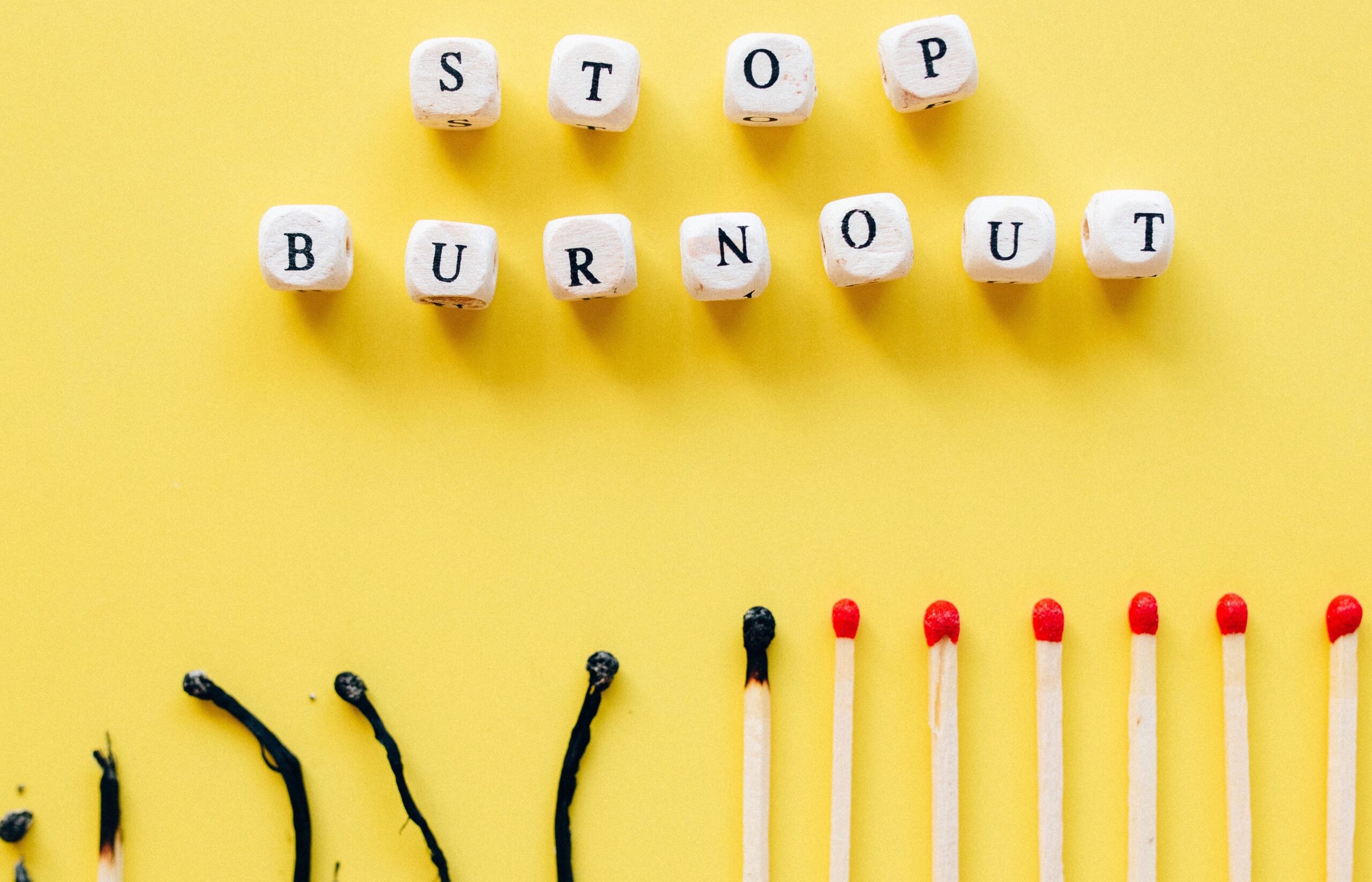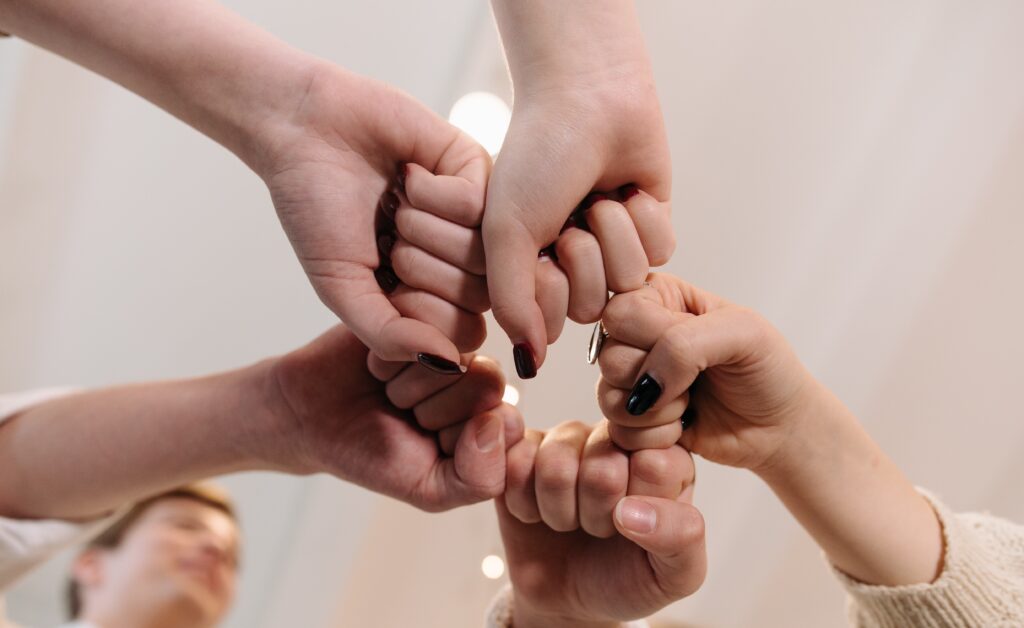
How to Prevent Burnout: Implementing Mental Health Initiatives in the Workplace
Mental health has become more of a focus in recent years as organizations work hard to educate, provide resources and remove the stigma associated with mental illness. And, for good reason. One in five Canadians will be affected by mental illness in their lifetime. By the time you are in your 40s, the chances are one in two. The pandemic only exacerbated the problem as many experienced feelings of isolation, anxiety and stress. We saw a significant rise in one such mental health issue during the pandemic: Burnout. Whether or not you love your job, or you work from home or the office, if you work too hard or too long, without the required amount of shutdown time, burnout is a possibility.
At Aercoustics, the pandemic prompted us to look at ways to recognize and prevent burnout as well as enhance our mental health. In a recent blog post, we shared our new initiatives such as Focus Fridays where we have no internal meetings and encourage screen-free time and E.F.F. off Fridays the second Friday of every month where we dedicate the mornings to Learning and Development (Educate and Focus) and the afternoons to recharge (Fuel) so team members can take time for themselves. Beyond these efforts, we want to create an environment that normalizes mental health and wellness every day of the week to ensure whether team members are in the office or working remotely, they feel supported.
Mental Health Initiatives to Prevent Burnout
When you have a busy team juggling multiple client projects, burnout is very possible. So, we initiated several new programs:
Guest Speakers: We brought in experts to talk about anxiety and stress, how to manage and combat it and who to call for help. We also hosted a session on the topic of resiliency and building grit. There were resources and workbooks provided for the team to use during and after the session.
Access to Resources: We have a page on our internal SharePoint dedicated to mental health and wellness, which has a variety of resources on tackling burnout, discussion guides on mental health, contact numbers for free services, and a link to our Employee Assistance Program.
Wellness Bingo: Once a quarter, we host Wellness Bingo, led by one of our team members, Brody Weld, where the team must complete various wellness activities throughout the week to cross off their tiles. The prize is a year subscription to HeadSpace, an online company specializing in meditation. The response has been very positive.
We also have summer hours from May long weekend to Labour Day, where the office closes at 12 on Fridays, and unlimited paid time off.
We knew we had to do something to provide support for our team, but we needed to educate ourselves on what would be effective and not just a program no one would use. If you’re looking at incorporating mental health initiatives in your workplace, here are some key learnings:
- Be proactive: Burnout prevention has to come from the top down. If a team member is on the brink of burn out, it is too late and it’s hard to reverse. For this reason, it is important to be proactive with programs to stop it from getting there or help identify any signs. Ensure there are regular check in’s and the “How are you feeling/doing” question is being asked. Look for signs of odd work hours, missed deadlines and disengagement.
- Lead by example: As leaders, we need to stop glorifying the endless hours spent working and lead by example when it comes to improving our mental health. Having our leadership team take time off on Fridays to recharge or participate in team calls while out for a walk, sends a message to the team that this is okay and creates a culture of acceptance.
- Involve your team in the planning: Before setting up new initiatives like half-day Fridays, or guest speakers, talk to your team and find out what they need and want. Use different mechanisms to gather feedback. We started early with burnout resources, wellness bingo and making it an open conversation. We then shifted to a session on resilience once things started to open up. One of our team members noted they wanted more information on where to find therapists and what supports are offered by the government, so we put those resources on our site. There is no right or wrong answer here. It’s about starting the dialogue and building a base of trust and understanding.
- Build and encourage resilience in your team: We opted to bring in an expert to talk about resiliency and building grit. Encourage and support interests and hobbies outside of the workplace so they have activities outside of work. Encouraging socialization in the office helps to build work relationships so if and when they feel they need to speak to someone, they have people they can lean on. It is also important to build boundaries and role model them. Shutdown at a reasonable time and put away the laptop.
- Make sure the information is accessible: Even with a culture of openness and acceptance, there will still be people who shy away from asking for help. Be sure all the resources that might be needed are easily accessible for everyone and they know where to find them. We offer an Employee Assistance Program as part of our medical coverage so we make sure team members know it is available.

Two of our core values at Aercoustics are “Treat People Right” and “We are in it Together”. We want to make sure no one on our team ever feels alone or that they cannot share their struggles. As a leadership team, we are open about our own struggles as well. It is about being human and creating a culture of trust and understanding. We are certainly not the first company to invest in the mental wellness of our team. But we take pride in sharing the many different ways we working to support better mental health in the office, and we will continue to seek input from our team to ensure what we are offering meets their needs and that we don’t stop continuously improving.
For many, the office may be a refuge, so we encourage the team to change up their routine and come in to interact and socialize with others. Regardless of whether they are working with us from home or the desk down the hall, our goal is to ensure our team knows “we are in it together”.
